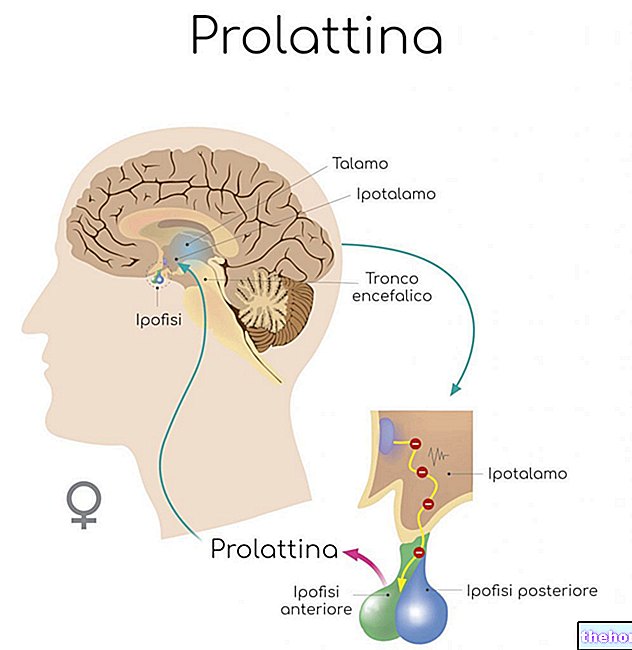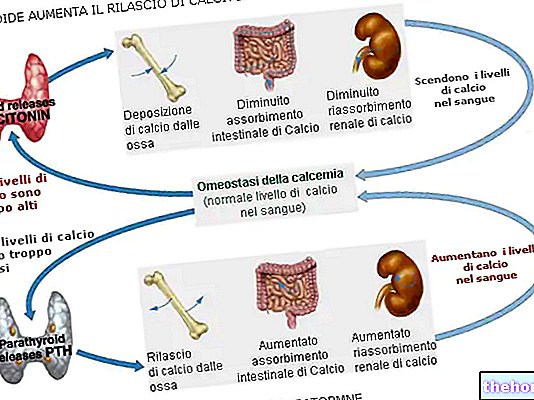See also: Acromegaly
Generality
Gigantism is the exaggerated statural growth of an individual with respect to the reference population.




In Italy the average adult height is around 175 cm for the male and 162 cm for the female.
Depending on the sources, we speak of gigantism when the height exceeds the average height of the reference population by 15-20% (201-210 cm for the Italian adult male, 186-194 cm for the Italian adult female). it is necessary to distinguish cases of constitutional or hereditary gigantism from those of a pathological nature.
Causes
Pituitary gigantism
Morbid gigantism can be caused by excessive secretion of hGH. In these very rare cases, we speak of pituitary gigantism, a syndrome often due to a pituitary adenoma.
The exaggerated release of this hormone during the age of development enormously accelerates the growth in length of the long bones; subsequently, in the postpubertal phase, the dimensions of the extremities increase considerably (see acromegaly).
Growth in height and puberty
The statural growth of an individual is allowed by the presence of small regions, called epiphyseal plates, interposed between the epiphysis and the diaphysis of the long bones. These nuclei of bone growth produce cells capable of dividing continuously and synthesizing new cartilage tissue, which is then ossified gradually.
The welding of the epiphyseal plates, which normally takes place around 18-20 years of age, establishes the definitive arrest of growth in height. Since this event is due to the chronic increase in the circulating share of sex hormones (especially estrogen), it is not surprising that some forms of gigantism are typical of delayed puberty; in these cases we speak of eunuchoid gigantism, characterized by a disproportionate increase in the length of the lower limbs compared to the upper ones (eunuchs are castrated male subjects). Precocious puberty, on the other hand, is accompanied by a rapid pre-term growth, which however stops just as quickly leading to statural deficits in adulthood. Disorders of puberty are also quite common in pituitary gigantism.
Other forms of gigantism
Another form, called cerebral gigantism, is associated with the so-called Sotos syndrome, in which circulating GH levels are normal; affected children show excessive body growth during the first two or three years of life, with considerable increased head circumference and delayed psychomotor development.
Statural excesses also occur in Marfan's syndrome, a genetic disease (like the previous one) that affects the connective tissue, and in Klinefelter's, in which tall stature is associated with hypogonadism, gynecomastia and poor hair development.




























